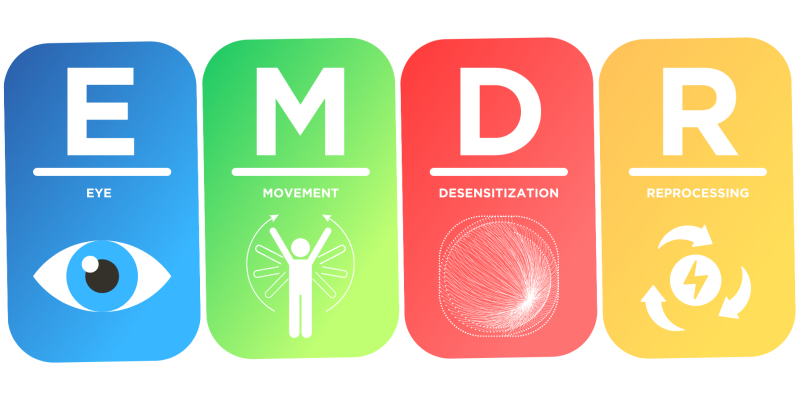
What is EMDR....
Eye Movement Desensitization and Reprocessing (EMDR) is a psychotherapy treatment that was originally designed to alleviate the distress associated with traumatic memories. Developed by psychologist Francine Shapiro in the late 1980s, EMDR is now widely recognized as an effective treatment for post-traumatic stress disorder (PTSD) and other trauma-related mental health conditions.
EMDR therapy is based on the idea that when a person experiences a traumatic event, the memory of that event can become “stuck” in the brain, leading to intense emotional and physical reactions when the memory is triggered. The goal of EMDR is to help the brain process these traumatic memories and reduce their impact on the individual’s mental well-being.
During EMDR sessions, the therapist guides the client through a series of eye movements or other bilateral stimulation (such as tapping or sounds) while the client focuses on a traumatic memory. This process is believed to help the brain reprocess the memory, reducing its emotional intensity and allowing the individual to develop more adaptive coping mechanisms.
EMDR has been found to be particularly effective in treating:
– Post-traumatic stress disorder (PTSD)
– Anxiety disorders
– Depression
– Phobias
– Grief and loss
EMDR therapy is typically conducted in 8-12 sessions, although the number of sessions may vary depending on the individual’s needs and progress. The therapy follows a structured protocol that includes history-taking, preparation, assessment, desensitization, installation, body scan, closure, and re-evaluation.
By helping individuals process and cope with traumatic experiences, EMDR can lead to significant improvements in mental health, emotional well-being, and overall quality of life.
